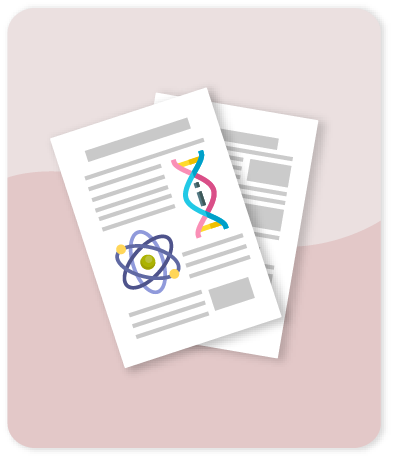Emotional Networked maps from EEG signals

Compartir este ítem
Autor
Gomez A.
Quintero O.L.
Lopez-Celani N.
Villa L.F.
Citación
Metadatos
Mostrar el registro completo del ítemResumen
The EEG has showed that contains relevant information about recognition of emotional states. It is important to analyze the EEG signals to understand the emotional states not only from a time series approach but also determining the importance of the generating process of these signals, the location of electrodes and the relationship between the EEG signals. From the EEG signals of each emotional state, a functional connectivity measurement was used to construct adjacency matrices: lagged phase synchronization (LPS), averaging adjacency matrices we built a prototype network for each emotion. Based on these networks, we extracted a set node features seeking to understand their behavior and the relationship between them. We found through the strength and degree, the group of representative electrodes for each emotional state, finding differences from intensity of measurement and the spatial location of these electrodes. In addition, analyzing the cluster coefficient, degree, and strength, we find differences between the networks from the spatial patterns associated with the electrodes with the highest coefficient. This analysis can also gain evidence from the connectivity elements shared between emotional states, allowing to cluster emotions and concluding about the relationship of emotions from EEG perspective. © 2020 IEEE.
Colecciones
- Indexados Scopus [1632]
